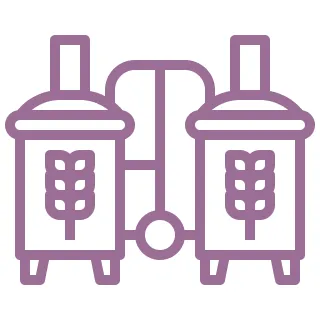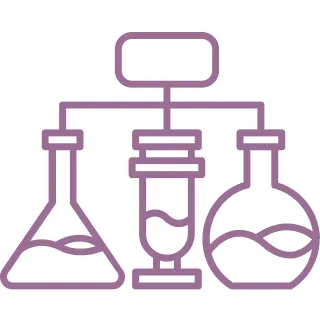The first step in essential oil production is cultivating the plants from which the oils will be extracted. Depending on the type of plant, this may involve traditional farming methods or specialized cultivation techniques. Factors such as soil quality, climate, altitude, and sunlight exposure play crucial roles in determining the quality and quantity of essential oils produced.
Harvesting is a critical stage in the essential oil manufacturing process, as it determines the plant's chemical composition and ultimately the quality of the oil. Plants are typically harvested at specific times of the year when their essential oil content is at its peak. Careful attention is paid to harvesting methods to avoid damaging the plants and to preserve the integrity of the essential oils.
The extraction of essential oils from plant material is perhaps the most crucial step in the manufacturing process. There are several methods of extraction, each suited to different types of plant material and desired end products. The most common extraction methods include:
Each extraction method has its advantages and disadvantages, and the choice of method depends on factors such as the type of plant material, desired end product, and economic considerations.
Following extraction, the essential oil undergoes a process of distillation to further purify and refine it. Distillation removes any remaining impurities and ensures that the final product is of the highest quality. The distillation process may involve multiple stages, depending on the complexity of the oil and the desired level of purity.
After distillation, the essential oil is typically passed through a series of filters to remove any remaining plant matter or impurities. Filtration helps ensure that the final product is clear, free of sediment, and ready for packaging.
Quality control is an integral part of the essential oil manufacturing process. Samples of the oil are regularly tested for purity, potency, and chemical composition to ensure that they meet strict quality standards. Quality control measures may include chromatography, spectroscopy, and olfactory analysis to assess the oil's aroma and therapeutic properties.
Once the essential oil has been extracted, distilled, and filtered, it is ready for packaging. Essential oils are typically packaged in dark glass bottles to protect them from light and oxidation, which can degrade their quality over time. Proper labeling with information such as the botanical name, country of origin, extraction method, and batch number is essential for transparency and traceability.












 Chatbot
Chatbot